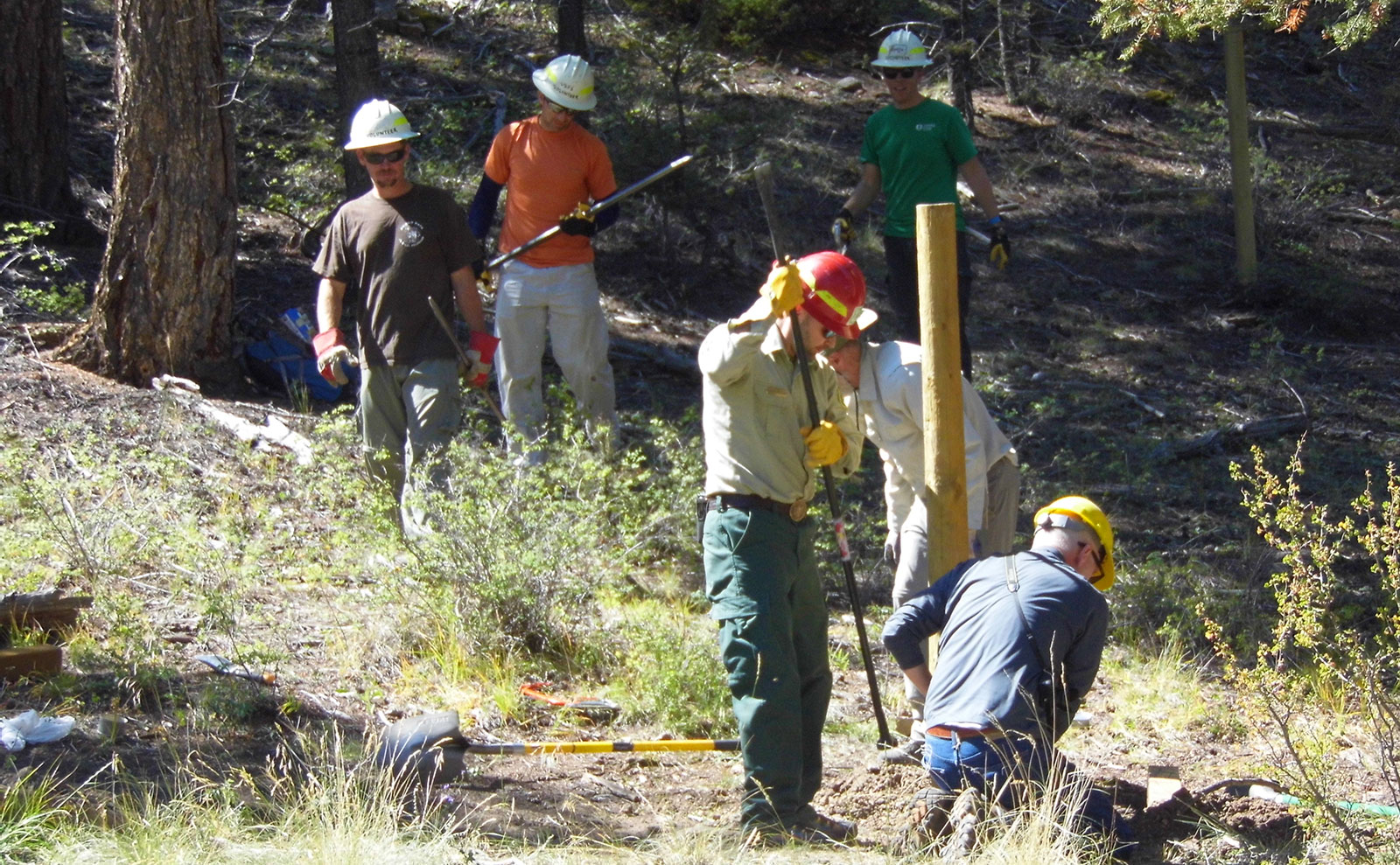As funding for public lands agencies has dwindled, the Forest Service has turned to nonprofit partnerships and volunteers (P/Vs) to help keep boots on the ground. The Forest Service Wilderness Advisory Group (WAG) examined this trend in 2008, identifying the top 10 barriers to successful partnerships. The WAG then conducted a follow-up assessment in 2018.
The top-10 list from 2008 begins with “inadequate capacity … due to low funding and limited staff time.” The themes of budget cuts and diminishing human resources are echoed throughout the list: “the substantial investment of time and energy needed” by agency staff, “smaller wilderness and recreation budgets,” “many vacant positions,” process barriers that “incur an additional cost in staff time,” “shortage of skills and abilities,” and so on.
To address these barriers, the WAG listed their top three solutions:
- Fund positions that focus on partnership creation and consider “creative approaches such as positions shared among partners, jointly funded volunteer coordinators, or foundation-funded development positions.”
- “Develop additional non-federal funding sources” that can contribute to stewardship projects through National Forest Foundation grants.
- Support partnership development by investing in agency staff to address the theme of “inadequate capacity” common to all of the barriers identified.
The 2018 assessment states, “Progress has been made,” but finds, “Inadequate capacity is still a primary barrier,” and partnership and volunteer efforts are most successful when there are “dedicated Forest Service employees that can put time into the relationships.” The assessment notes that, even as Forest Service capacity continues to decrease, “requirements for agreements, training, and volunteer certification” have gotten more complicated.
The 2018 paper also hints at a possible disconnect between Forest Service leadership and field-level employees, who are concerned that partnerships and volunteers may be viewed as a replacement workforce. Additionally, “The field does not feel leadership recognizes the costs associated with volunteers … versus the efficiency and versatility of Forest Service crews.”
After comparing the findings from 2008 and 2018, the WAG paper raises important questions: “Is paying partnership groups more efficient and cost effective than Forest Service crews? How will shared leadership work? What does this mean for Forest Service employees and the future workforce?”
Concluding that the underlying issue of underfunding and inadequate capacity is “intractable,” the 2018 assessment warns, “The continued push for increased P/V collaborations without support could worsen relationships between the field and Forest Service leadership, erode morale, and negatively impact employee recruitment and retention and credibility with our communities.”


